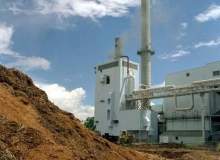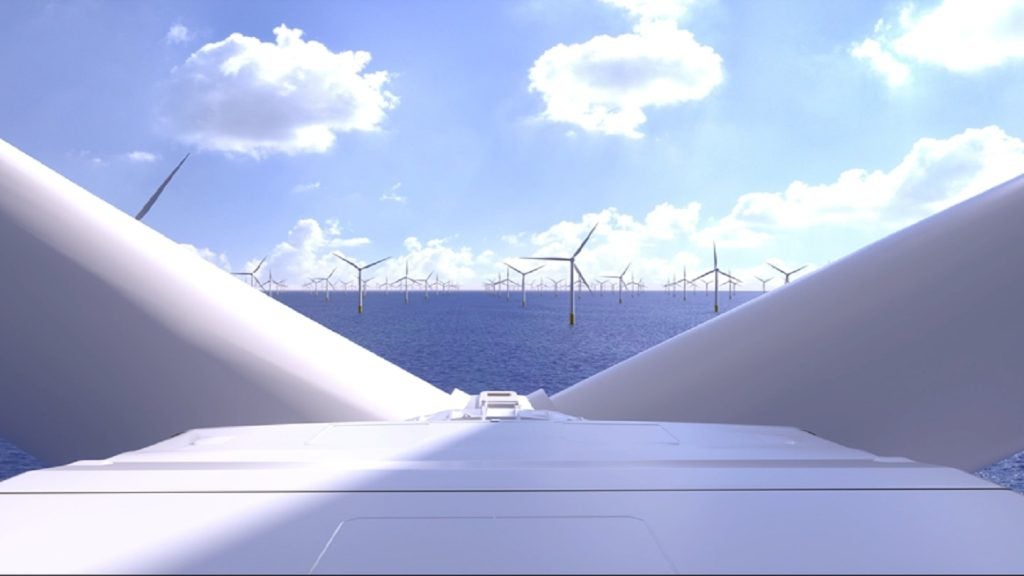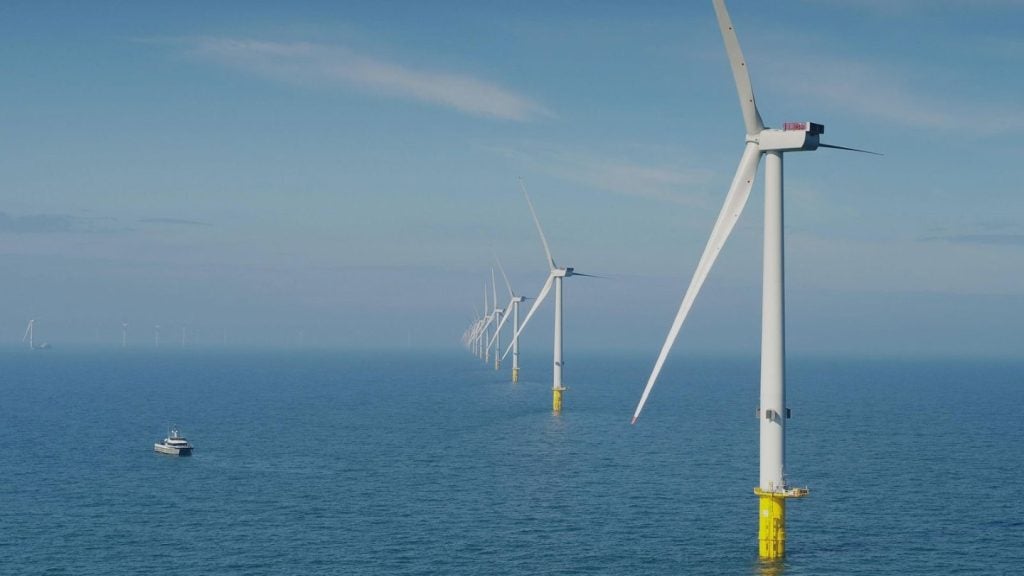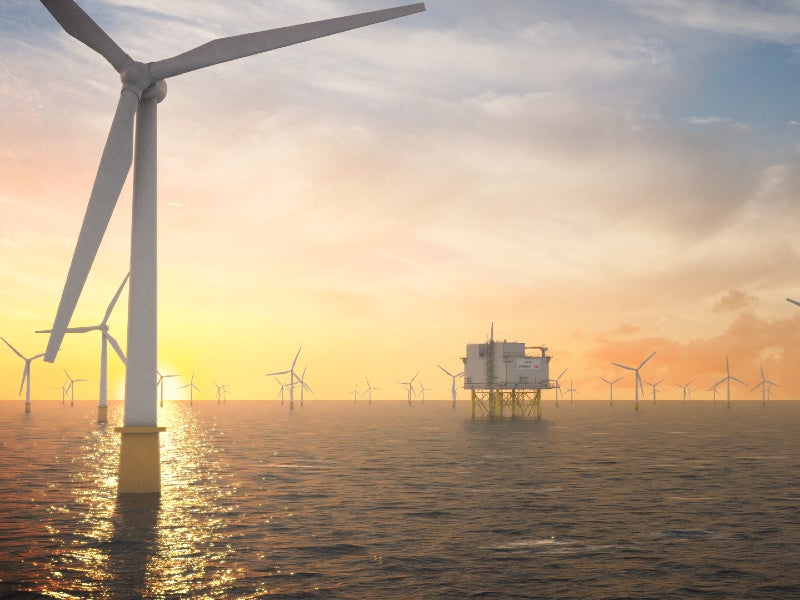
Biomass (predominately fuel wood and charcoal) has traditionally been a major energy source and still is in developing countries. Nearly a third of India’s total primary energy still comes from biomass, with nearly three quarters of the population depending upon it for their energy needs.
Such large scale use is itself causing problems, with so much being burned that the smoke is a major contributor to the brown haze that can cover large areas of South Asia.
While less polluting, the second major use of biomass – to produce fuels for transport – is adding its own global problems. Again, they largely arise from the sheer scale of production.
The US has led the way, producing around 50 billion litres of ethanol from corn a year. The second largest global producer is Brazil, which uses sugar cane to produce around 25 billion litres of ethanol a year.
Most of the rest comes from the EU, which has concentrated on biodiesel. Unfortunately, the major result of all this production has been to introduce large scale monoculture crops (often non-native) which have displaced desperately needed food crops from agricultural land.
See Also:
The third key use for biomass – for producing electricity – has been more successful. Facilities have been relatively small scale and the power has largely been generated from waste that has been locally produced.
How well do you really know your competitors?
Access the most comprehensive Company Profiles on the market, powered by GlobalData. Save hours of research. Gain competitive edge.

Thank you!
Your download email will arrive shortly
Not ready to buy yet? Download a free sample
We are confident about the unique quality of our Company Profiles. However, we want you to make the most beneficial decision for your business, so we offer a free sample that you can download by submitting the below form
By GlobalDataAs well as waste agricultural products, this has included bark, sawdust and other residues from sawmills and pulp and paper plants.
Biopower from waste
In India, the sugar industry widely cogenerates from materials including bagasse (sugar cane fibre), rice husks, straw and coconut shells. There are plans for dedicated plantation-based biopower installations, with relatively small plants powering villages. The government has estimated a potential 18 GW from agricultural and forestry residues.
China has largely similarly used agricultural waste like rice husks and straw, with a mix of cogeneration and electricity production.
China’s Renewable Energy Law set an obligatory target of generating 15% of power capacity from renewable energy sources by 2020. With now more than 200 direct-fired biopower plants, the country is aiming to start up another 100 or so a year to reach 13 GW by 2015.
Biomass in the US already generates around 11 GW peak (around 1.5% of the total), with more than 100 biomass power plants connected to the grid. Besides bagasse, this has mainly come from wood pellets and waste wood.
There is still much scope for forest management in the US, though, with the DoE estimating that more than 350 million dry tons of sustainably removable biomass could be produced from US forests a year while simultaneously reducing the risk of fire and disease.
In the EU, around 1,000 biomass power plants generate some 9 GW. The forest-rich Nordic countries have pioneered biomass exploitation, and in Sweden it accounts for nearly a third of the total energy supply. Production is growing steadily throughout Europe, particularly in Austria, Denmark, Germany, Finland and the UK. This has been prompted by attractive feed-in tariffs for electricity from biomass.
A sustainable biofuel
The first major use for biomethane is for transport fuel as in LNG (Liquefied Natural Gas) vehicles, for example, and Germany has pioneered biogas as a mainstream commercial fuel.
The EU’s Renewable Energy Directive makes specific allowance for biomethane from waste. The RED has a 10% target for renewable fuels in transport by 2020, but sustainability criteria must be met for the energy to count towards to national targets.
With the issues faced by biofuels, some measure of sustainability is essential. Unsurprisingly for European legislation, though, the calculations for calculating carbon footprints are not straightforward.
Igor Dormuth and Elena Schmidt of TÜV SÜD, who respectively certify biofuels and methane, describe the calculations as "complex and multifaceted" (the organisation’s Carbon Management Service verifies and certifies the calculations).
The EU’s Biofuels Sustainability Ordinance requires a GHG reduction of 35% over a mix of petrol and diesel fuels. The GHG reduction is normally calculated by a formula that compares emissions to savings over the whole supply chain.
Emissions include CO2 and N2O from cultivation, those from the use of fertilizers or additives and energy and any fugitive methane emissions. Unfortunately, savings in methane emissions because of fermentation rather than open storage of manure are not yet included (TÜV SÜD suggests they may be counted in future). Savings include any carbon capture or storage and electricity saved by using CHP.
One of the most fruitful sources of power is biogas produced from waste, and this is still a major underused resource. Mines, landfills, urban wastewater, effluent, slurry, crop residues, food processing waste and household waste can all produce methane.
Collecting it prevents releasing a greenhouse gas more than 20 times stronger than CO2, and there is already an infrastructure to transport and use the gas.
Biomethane and power generation
The RED also sets targets for renewable energy uptake more broadly, with an overall target of 20% for member states. Biomethane can help here, too.
Germany has pioneered its use for power generation, and there are now more than 6,000 biogas plants in the country. Most of them are connected directly to a CHP for generating electricity for the national grid.
Unfortunately, the farms and other sites where methane is produced often have no need of the waste heat, so most of the heat from the German facilities is wasted. A growing trend is instead to purify the methane and inject it into natural gas pipelines (BtG, Biomethane-to-Grid).
Using existing pipelines makes for efficient use and there is no need to move biomass by road.
An EU project (Redubar) studied the injection of biomethane into natural gas grids throughout Europe, but it found barriers to this that varied from country to country. Incentives in Europe therefore largely depend on individual governments.
Power generation and BtG
The UK Government’s Renewable Heat Incentive (RHI), for example, offers premium payments for heat generated renewably and a Feed-In Tariff for electricity.
Biogas that generates electricity can earn double ROCs (Renewable Obligation Certificates), now worth around £45/MWh for each ROC. That has encouraged takeup. CNG Services in 2009 installed the UK’s first BtG project at Didcot (for Thames Water), capturing methane that had previously been flared.
There is much scope for such plants: the UK’s National Grid has estimated that up to half the country’s domestic gas heating could be met by turning waste into biogas.
Natural gas contains around 90% methane, with the remaining 10% being a mix of ethane, propane, butane, carbon dioxide, nitrogen and other trace constituents. Biogas from an anaerobic digester typically contains around 65% methane and 35% carbon dioxide, but relatively straightforward processing gives a gas stream with up to 98% methane.
CNG’s Managing Director John Baldwin remarks that propane enrichment is generally needed to ensure high energy content.
Biomethane has a calorific value of around 36MJ/m3. It needs a calorific value of around 39 MJ/m3 for injecting into the grid, and a small amount of propane and odorant needs to be added.
There is still discussion about whether biomethane is better used in transport or for generating electricity. Baldwin generally recommends fitting LNG to buses and trucks to help improve air quality in cities. Alternatively, when all the heat can be used locally, it is worth generating power using CHP.
Biopower – what future?
Generating heat and power from waste aside, the major issue for ‘green’ power is ironically the same as for ‘green’ fuels – sustainability.
That is particularly true for the wood that is being used as a feedstock. The cost of transporting wood has made biopower most economic on a small scale.
This is where the main benefits come, too, providing local employment and feeding cash into the local economy.
The trend now, though, is towards industrial-scale installations. Greenpeace has already warned that forests in Canada are being cut down (‘whole-tree harvesting’) to feed these large-scale installations at home and abroad.
Replacing mature forests with areas planted one-for-one with saplings is just a public relations exercise. Unless governments take action soon, we risk logging companies destroying even more of the world’s precious forests, while raking in the subsidies to do it.







